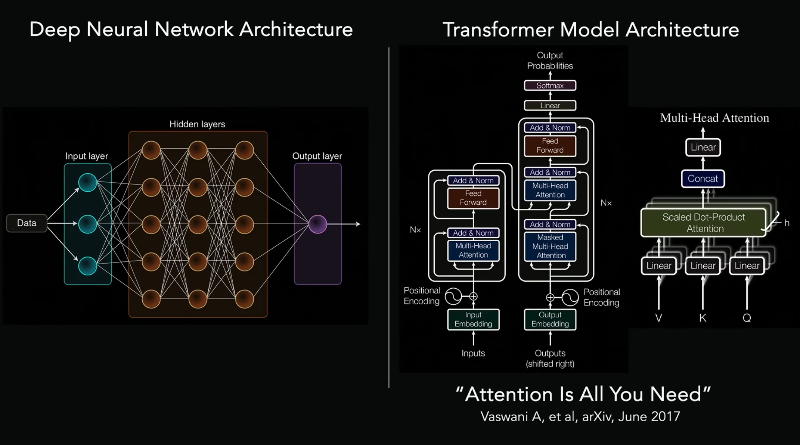DropScreen (DS) and ViewAllergy39 (VA) are not equally effective for detecting specific immunoglobulin (Ig) E involved in pollinosis, according to a study published online in the Journal of Immunoassay and Immunochemistry.
Tomohiro Ono, Ph.D., from Ono Otolaryngology Clinic in Kakogawa, Japan, and colleagues compared the performance of the DS point-of-care test with that of VA, a laboratory test for identifying causative aeroallergens, in patients with pollinosis. Sera were obtained from 70 Japanese outpatients with pollinosis.
The researchers found that for the 17 allergens included in the study, the average positivity rates were 20.8% and 26.6% for DS and VA, respectively. For Japanese cypress, the DS positive rate was 10-fold lower than that of VA.
For Japanese cedar, Moth, and Aspergillus fumigatus, clear discrepancies were seen in detection rates between VA and DS. Inhibition tests on discrepant sera confirmed that specific IgE towards these allergens could be accurately measured using VA.
"Our findings confirm that not all specific IgE tests are equally powerful in aiding clinicians in the identification of allergens associated with pollinosis, " the authors write.
"Further studies of the potential impact of testing performance differences on diagnostic workup and subsequent therapy selection are needed."
More information: Tomohiro Ono et al, Performance of a point of care allergy test compared to an established laboratory test for specific IgE in Japanese patients with allergic rhinitis, Journal of Immunoassay and Immunochemistry (2025). DOI: 10.1080/15321819.2025.2490541
Copyright © 2025 HealthDay. All rights reserved.





Post comments